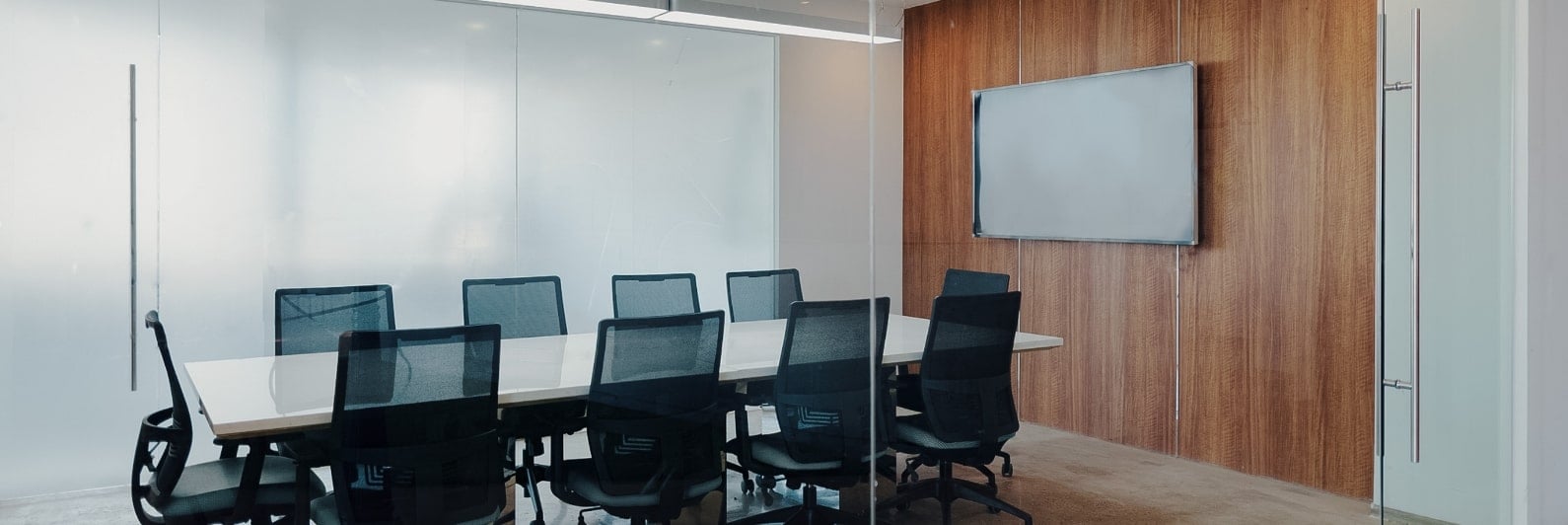Do I Need Sensors if Occupancy is Low?

Erin Snider is a product expert at VergeSense. She has a degree in communication technology management from The Ohio State University and aims to use writing as a means of breaking down walls and creating transparency for customers.
It's no secret that since the pandemic, occupancy just isn't what it used to be.
In fact, occupancy is still only 58% of pre-pandemic levels, even after 2022 was marked by an increase in return to work mandates. The occupancy that we are seeing is inconsistent and ever-changing, too.
So the question that has been top of mind for many these last 3 years, remains. Do you really need workplace sensors if occupancy is low? The answer is yes, but also, it depends.
What Are Your Workplace Goals?
Unpacking your need for occupancy sensors begins with a deep understanding of your workplace needs.
Are you questioning the long-term viability of your office spaces due to low occupancy? Are you questioning the need for sensors in spaces that you are still trying to increase occupancy? Or rather, are you asking both questions, but for different buildings?
I know, I know...those are a lot of questions to unpack. But we have to start with a clear goal to get to the clearest answer. So, now that you have your workplace goals in mind, let's dive in: occupancy sensors during low occupancy.
Sensors for Portfolio Evalution
Let's say you're not sure whether an office is worth keeping. You can tell it's being used sometimes by some people, but is that worth renewing a lease? Is it worth millions of dollars of spend over the years? You just don't know. Entryway sensors are a practical solution to this problem.
At about 1/3 of the cost of area sensors, you can get the data you need without overspending, which is an understandable concern, especially if you suspect you will end up leaving the building.
Entryway sensors are able to accurately measure when and how many people are entering and exiting building, floors, and even rooms. This person count data is what will drive your decision on whether to keep an office or not.
Another solution is experimentation. In these underutilized spaces, try closing out rooms or floors that are less commonly used and evaluate how occupancy shifts in response.
For example, if your employees instead start working in a different local office, that office building may be a more effective space for these employees to work in permanently. Or, if your employees become more collaborative working in closer quarters, the experiment may suggest that a smaller office would suffice for these employees.
Overall, if understanding your portfolio is your main goal, entryway sensors and experimentation are your best bets to getting the answers you need. Other forms of technology, like PIR sensors or badge data, may not be accurate enough to give you a true understanding of your portfolio. While open area sensors would also give you the necessary data, they would also give you more data than you need, leading to unnecessary expenditure for this stage.
Sensors for Workspace Optimization
Alternate scenario: you know you want to keep a certain office. Maybe it's a headquarters or regional hotspot. Either way, you're less concerned about entrance and exit times, and more concerned about space type balance, room availability, and design options, among countless other priorities. Then, you need an intelligent solution...like, an exceptionally intelligent solution. Enter: open area sensors.
Open area sensors are one of the most advanced workplace technologies. While the specs vary from solution to solution, you will generally find open area sensors are some of the most accurate occupancy trackers on the market. They are also often supplemented with artificial intelligence to make understanding your workplace even easier.
These solutions help you analyze behaviors and trends across your portfolio, buildings, floors, and even within specific space types. While open area sensors are often more expensive than other forms of occupancy trackers, it is because they can revolutionize your workplace as you know it.
Experimentation is also an option for really ramping up your workspaces. The key to experimentation when optimizing and improving your workspaces is to listen to your data and your people.
If your data is showing certain parts of the office have significantly less occupancy than others, experiment with different space designs, like modular furniture, or even try transforming them into some of your most popular space types. Continue to analyze your data after changes, but also, ask your employees how they feel about the changes. While they may not have the answers to how to improve the space even more, a quick gut check can help guide your next moves.
Yes, You Do Need Sensors.
Well, maybe "need" is a strong word, but even if occupancy is low, sensors provide the data you really should have before making portfolio decisions or changing up your workspaces to create a more collaborative, productive (and occupied) workplace. Those decisions cannot afford to be made based frivolously on assumptions.
If your main goal is to right-size your portfolio, focus on entryway sensor technology. On the other hand, if your goal is to improve your prime offices, invest in open area sensors. If both are a concern, your best bet is to find a single technology that can offer both types of sensors to ensure seamless installation and reduce your number of analytics applications. Some companies will even give you a discount for purchasing multiple solutions.
If you are looking for a reputable solution that can cover your entryway and open area sensor needs, consider connecting with VergeSense. Not only are they the most accurate occupancy sensor on the market, but they also are the only company that can capture and understand objects as well as people. Even if VergeSense isn't the right solution for you, they will help point you in the right direction.